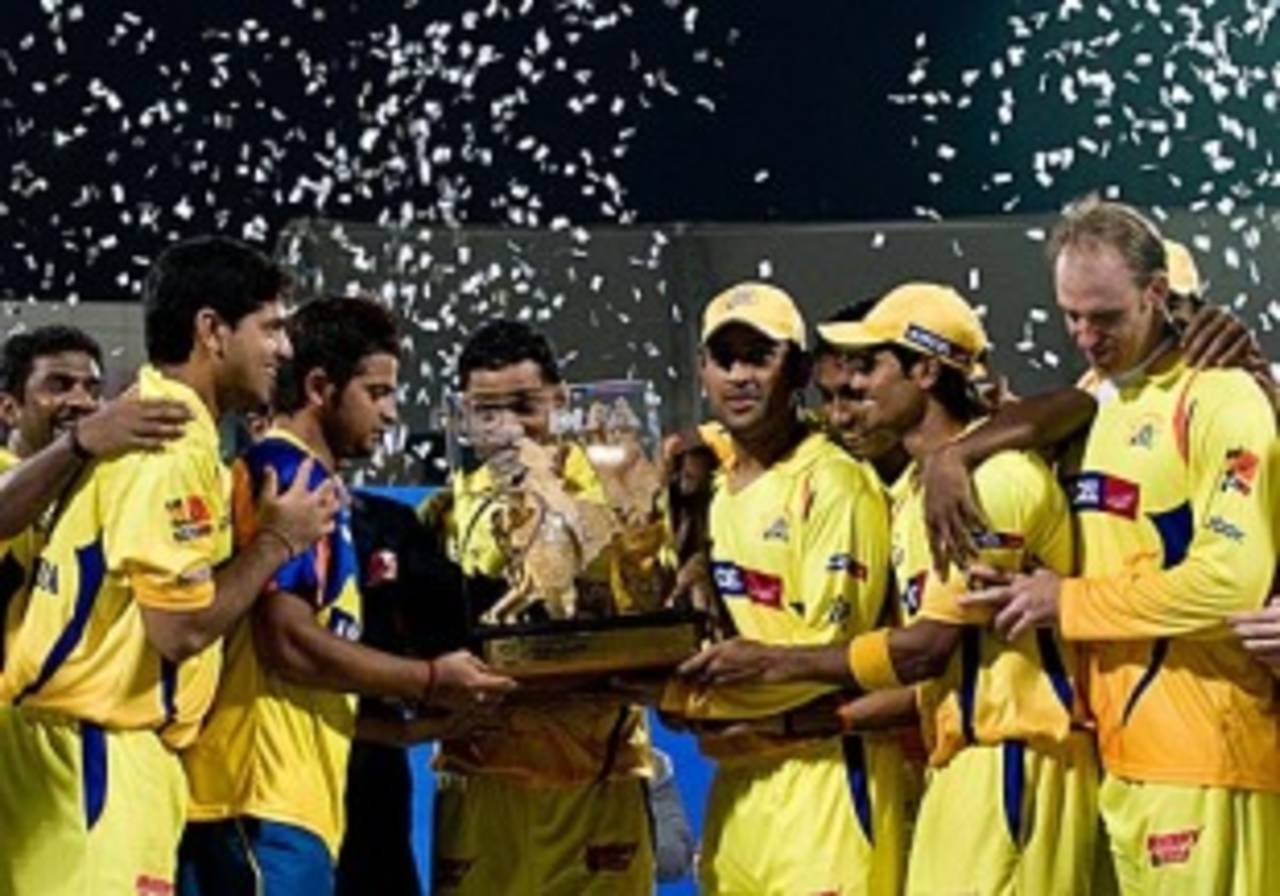The IPL has an enviable track record in maximising ad revenue by creating, and selling, space. However, a new survey by leading global ad agency Dentsu Media suggests the league may have been guilty of overkill - especially in selling ad space during overs, a new practice which, the survey finds, hasn't gone down well with fans - or, indeed, former India cricketers.
Two former India captains have recently come out strongly against these ads. "I am shocked to see the way IPL has devised new ways of making money," Bishan Singh Bedi said. "I believe the board has enough in its coffers to run a show like the IPL without ads between deliveries." Ajit Wadekar called it a "brilliant exposure" for the advertiser but not good for the viewers who want to enjoy uninterrupted cricket. "I am sure even the commentators are bothered when the live feed is cut just when they are discussing or explaining something related to the game."
"The clutter on IPL is very heavy," Naresh Gupta, head of strategic planning at Dentsu Marcom, said. "Brands will have to find ways to stand out in this clutter."
The good news is that, in its third season, the IPL reached 142 million viewers in India, up from 102 million in 2008, according to television ratings agency TAM. The bad news is overall Television Ratings Points (TRPs), a function of the number of viewers and the time spent watching, was effectively stagnant (4.7 to 4.5). The IPL may have grown its audience, but those watching did so for a shorter period of time.
The IPL's long-term success depends, apart from the TV and sponsorship deals, on a substantial and committed fan base and the trick is to balance the lucrative airtime with what the fans want. Convincing fans to stay involved is, therefore, the name of the game. A game that the survey by Dentsu - which has been tracking the IPL since its first season - suggests the IPL is yet to master.
The agency produces a pre-IPL study to analyze factors driving fandom, and a post-IPL study measuring fan engagement; this year's engagement study was conducted during the last two weeks of IPL 2010 (April 10 to April 25) and shows how far the still fledgling league has to go to capture the hearts and minds of its fans.
Dentsu looked at the engagement levels of those between the ages of 15 and 30, a key demographic according to Sanjoy Chakrabarty, CEO of Dentsu Media, because it is the biggest consumer of sport and therefore a key target audience of most brands who advertise through cricket.
The results indicate advertisers and sponsors have little reason to cheer this season. While 51% of respondents got the names of the brands that dot the teams' jerseys wrong, more than a quarter (26%) couldn't recall even a single brand.
As for the ads on TV, only a fifth of the respondents (20%) remembered any of the much-maligned mid-over ads, which were introduced this season by re-packaging the time gained from the shortened strategic time-outs.
Other ads fared the same: while 38% remembered the ads traditionally run between overs, the commercials that flashed on the side of the screen during play, like strangers sneaking into a photograph, were retained by just 9% of the group.
The report accompanying the survey is clear on what's wrong. "Instead of ads that seem to irritate viewers as they interfere with the flow of the game and thus create a negative image in the mind of the viewers, ads that continue without disrupting the game like boundary boards should be looked into," it says.
A substantial part of the IPL revenue stream is from the entertainment sector and, while this has brought in revenues, it seems to have weakened the brand's sporting quotient - 26% said they view the IPL purely as entertainment. The study quotes one respondent saying "I watch the IPL for entertainment but if there is a better substitute, then I am ready to switch."
One component was IPL Nights, a show on MTV based on the now controversial after-match parties. A lot of trouble for nothing, it seemed - 80% of the respondents said they hadn't watched the show and thought the parties could affect the player's performances on the field. The responses look prescient in the wake of India captain MS Dhoni's comments on the parties affecting the players' performances at the ICC World Twenty20. The parties' future is unclear with the league's interim chairman Chirayu Amin saying it would be stopped next year though it is protected by a formal contract.
To solve these problems, the report states "care should be taken to build the brand and ensure credibility instead of just maximizing revenue. In order to hold onto its traditional viewers, IPL must keep on innovating regularly and enhance the overall experience of watching cricket."
Meanwhile over half the respondents (52%) said their loyalty to a team was based on who their favourite cricketer played for. This could conceivably mean fans in Mumbai switching their loyalty to Pune, should Sachin Tendulkar move to the Sahara Pune Warriors. Likewise loyalties could switch with any of the other team changes expected at the next player auction. And that, more than any other result of the survey, could affect the franchises' bottom lines.
Tariq Engineer is a senior sub-editor with Cricinfo
